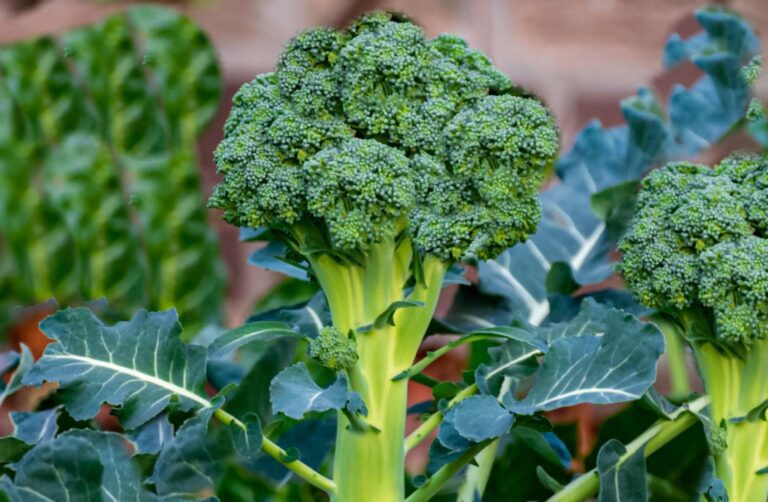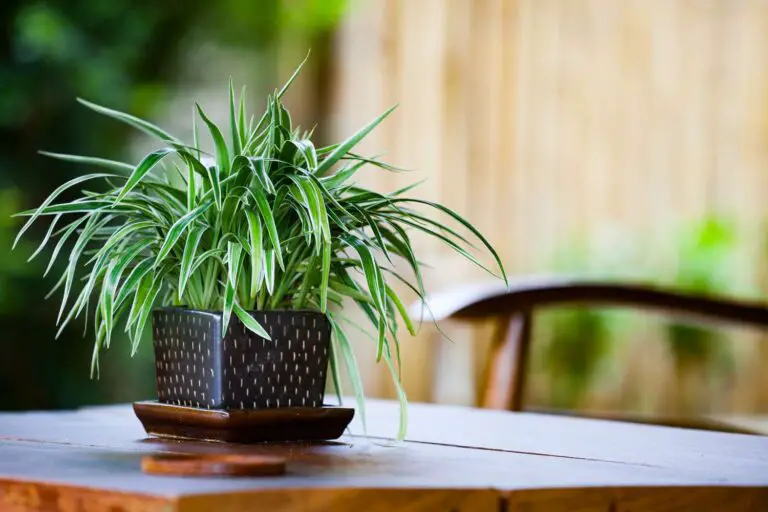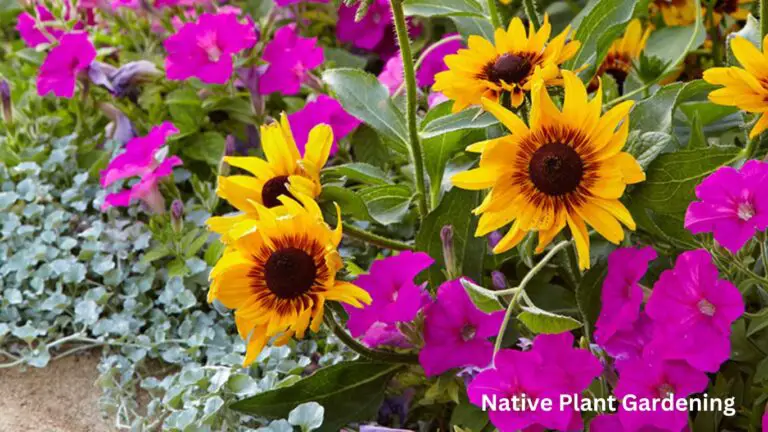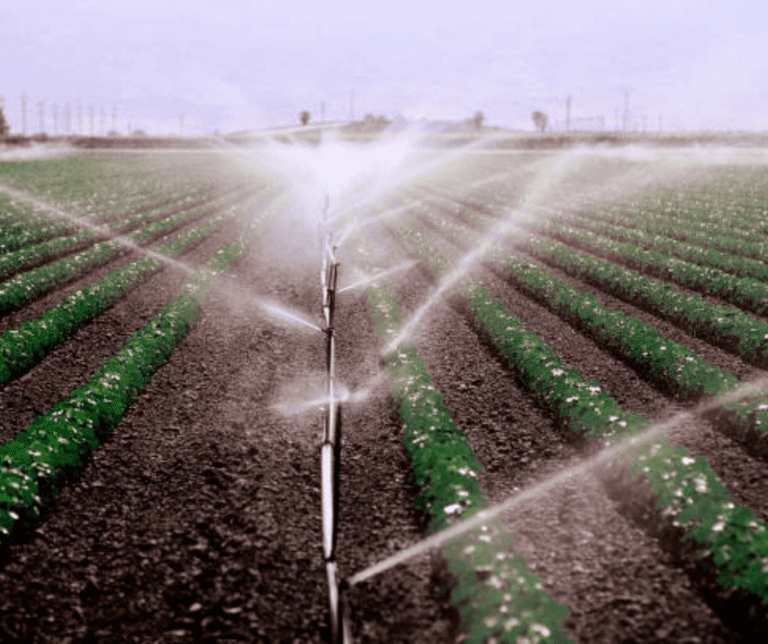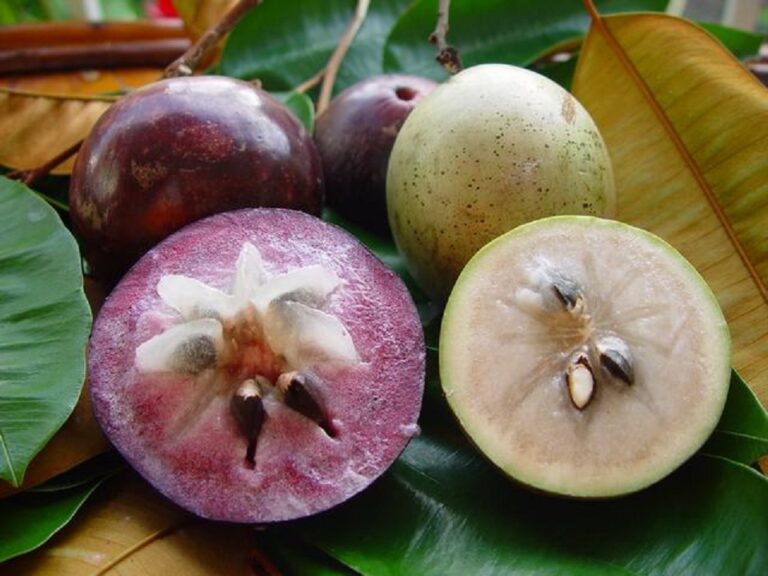How to Cure Root Rot: How to Identify, Treat, and Prevent This Common Problem in Your Plants
Table of Contents
Identifying Root Rot: Understanding the Symptoms and Causes
Root rot is a common and destructive problem that can affect a wide range of plants, both indoors and outdoors. This fungal disease is caused by several species of fungi, including Pythium, Phytophthora, and Fusarium. The fungi thrive in wet and poorly drained soil, making it crucial for gardeners to be vigilant in identifying the early symptoms of root rot.
One of the key symptoms of root rot is yellowing and wilting of the plant’s leaves. This is often accompanied by stunted growth and a general decline in the plant’s overall health. As the disease progresses, the roots become brown and mushy, and they may emit a foul odor. It’s important to note that these symptoms can vary depending on the type of plant and the specific fungus causing the infection. Therefore, it’s essential to closely observe your plants and look for any signs of distress. If you suspect root rot, it’s advisable to act quickly to prevent further damage and potential plant loss.
The Dangers of Root Rot: How It Can Impact Your Plants
Root rot can have devastating consequences for your plants. This destructive fungal infection can impact various aspects of your plants, leading to stunted growth, wilting leaves, and eventually, plant death. The dangers of root rot lie in its ability to disrupt the root system’s essential functions, ultimately compromising the overall health and vitality of your plants.
One immediate danger is the impairment of water and nutrient absorption. As the roots become infected and decay, they lose their ability to efficiently uptake water and essential nutrients from the soil. This can result in dehydration, malnutrition, and a weakened immune system, making your plants more susceptible to other diseases and pests. In severe cases, root rot can even lead to root rot girdling, where the roots constrict themselves and cut off the vital flow of water and nutrients throughout the plant. Consequently, the plant’s ability to sustain itself is greatly diminished, and irreversible damage may occur.
Moreover, root rot also affects the plant’s ability to transport sugars and carbohydrates. The healthy root system plays a crucial role in the distribution of these essential energy sources to other parts of the plant. However, when the roots are infected, this transportation process is disrupted, causing the plant to experience a shortage of energy. As a result, you may notice a decline in overall vigor, a reduction in leaf size, yellowing or browning of foliage, and a lack of flowering or fruit production.
These are just a few of the dangers posed by root rot. Recognizing the symptoms and understanding the potential impact it can have on your plants is crucial in order to take swift action and implement effective treatments. By addressing root rot promptly, you can protect your plants from further harm and increase their chances of recovery.
Root Rot in Different Types of Plants: Common Varieties and Their Susceptibility
Root rot is a pervasive issue that can affect various types of plants, compromising their health and vitality. Understanding the common varieties of plants susceptible to this condition is crucial for proper prevention and management. Several common types of plants are particularly prone to root rot, including houseplants, ornamental plants in gardens, and crops in agriculture.
Houseplants, such as pothos, peace lilies, and spider plants, are highly susceptible to root rot due to their preference for moist environments. Their potted conditions often make it difficult for excess water to drain away effectively, creating stagnant conditions that promote the growth of root-rotting pathogens. Similarly, ornamental plants like azaleas, impatiens, and begonias can also fall victim to root rot, primarily when poorly drained soils are utilized or when overwatering occurs.
In agriculture, crops like tomatoes, lettuce, and peppers are vulnerable to root rot, especially in areas with high humidity or excessive rainfall. The waterlogged soil creates an oxygen-deprived environment around the roots, facilitating the development and spread of root-rotting pathogens. This susceptibility has significant implications for crop yield and quality, as infected plants may exhibit stunted growth, yellowing leaves, and reduced productivity.
Overall, recognizing the common varieties of plants prone to root rot is essential for gardeners and farmers alike. By being aware of the specific vulnerabilities of different plants, proactive measures can be taken to prevent and mitigate the occurrence of this damaging condition.
Early Detection: Signs to Look for in Your Plants
Detecting root rot early is crucial for saving your plants and preventing further damage. Fortunately, there are several signs to look for that can indicate the presence of this fungal infection. One common symptom of root rot is wilting leaves that appear yellow or brown. These leaves may also feel soft or mushy to the touch. Additionally, plants affected by root rot may exhibit stunted growth and have a noticeable decline in overall health.
Another telltale sign of root rot is the presence of a foul odor emanating from the soil. This odor is often described as musty or rotten, indicating the presence of decaying roots. Furthermore, you may notice a darkening or discoloration of the roots themselves, usually turning from the normal white or cream color to a dark brown or black hue. It’s important to note that these symptoms can vary depending on the type of plant and the severity of the infection. Therefore, it is crucial to regularly inspect your plants and take immediate action if any of these signs are observed. Remember, early detection is key to effectively combating root rot and preserving the health of your beloved plants.
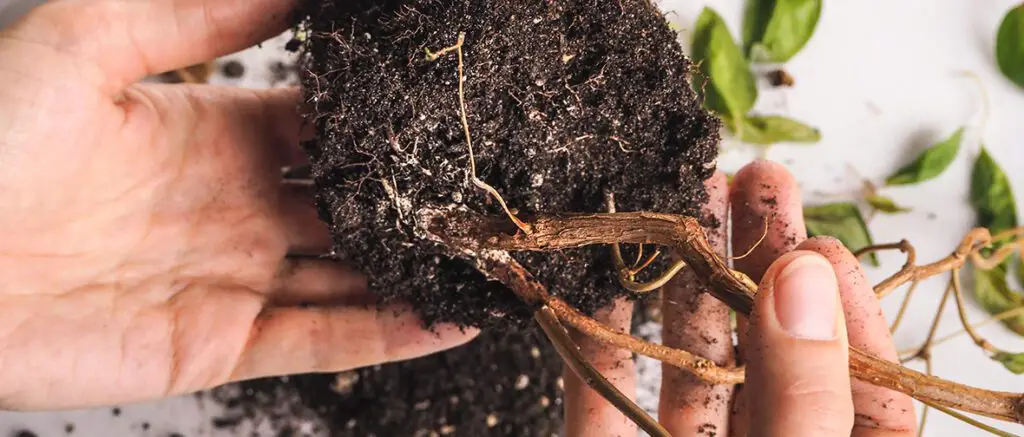
Understanding the Causes: Environmental Factors and Poor Plant Care Practices
Environmental factors and poor plant care practices are two major causes of root rot in plants. Environmental factors such as excessive moisture, waterlogging, and high humidity create the perfect conditions for root rot to develop. Poor plant care practices, such as overwatering, using poorly drained soil, and planting in pots without drainage holes, also contribute to the occurrence of root rot.
Excessive moisture and waterlogging create an oxygen-deficient environment in the soil, depriving the roots of the necessary oxygen they need to function properly. This lack of oxygen weakens the roots, making them more susceptible to infection by fungal pathogens that cause root rot. Additionally, high humidity levels around the plant’s root zone promote the growth and spread of these harmful fungi.
On the other hand, poor plant care practices such as overwatering can lead to the accumulation of excess moisture in the soil, increasing the risk of root rot. Using poorly drained soil that retains water for extended periods exacerbates the problem, as it further limits the drainage of excess water from the root zone. Planting in pots without proper drainage holes prevents the water from escaping, leading to waterlogged conditions and root rot.
To mitigate these causes, gardeners should be mindful of their watering practices and ensure that the soil has adequate drainage. It is crucial to monitor the moisture levels in the soil and water plants only when necessary, allowing the top layer of soil to dry out between waterings. Using well-draining soil, amending it with organic matter, or adding perlite can improve the soil’s drainage capacity. Additionally, selecting pots with drainage holes and providing adequate airflow around plants can help prevent the onset of root rot. By understanding the environmental factors and avoiding poor plant care practices, gardeners can significantly reduce the risk of root rot and ensure the health and vitality of their plants.
• Excessive moisture, waterlogging, and high humidity are environmental factors that contribute to root rot.
• Overwatering, using poorly drained soil, and planting in pots without drainage holes are poor plant care practices that can lead to root rot.
• Lack of oxygen in the soil weakens roots and makes them more susceptible to fungal pathogens.
• High humidity levels promote the growth and spread of harmful fungi.
• Accumulation of excess moisture in the soil increases the risk of root rot.
• Poorly drained soil retains water for extended periods, further limiting drainage.
• Pots without proper drainage holes trap water, leading to waterlogged conditions and root rot.
To mitigate these causes:
– Gardeners should monitor their watering practices and only water plants when necessary. Allowing the top layer of soil to dry out between waterings is crucial.
– Using well-draining soil or amending it with organic matter can improve drainage capacity.
– Adding perlite to the soil also helps improve drainage.
– Selecting pots with drainage holes allows excess water to escape and prevents waterlogged conditions.
– Providing adequate airflow around plants by spacing them properly can help prevent the onset of root rot.
By understanding these environmental factors and avoiding poor plant care practices, gardeners can significantly reduce the risk of root rot and ensure healthy plants.
Testing the Soil: Assessing Moisture Levels and pH Balance
Soil testing is a critical step in assessing the health of your plants and addressing any underlying issues such as root rot. Two key factors to consider during this process are moisture levels and pH balance.
Moisture levels play a crucial role in plant health, as both excessive and insufficient moisture can contribute to root rot. To assess moisture levels, you can use a soil moisture meter or simply perform a manual test. Take a small sample of soil and squeeze it in your hand – if it holds its shape and feels moist, the soil may be waterlogged, increasing the risk of root rot. On the other hand, if the soil crumbles easily and feels dry, it may indicate insufficient moisture. Regular monitoring of moisture levels can help you strike the right balance to prevent root rot and promote healthy root growth.
In addition to moisture levels, the pH balance of your soil is another important factor to consider. pH refers to the acidity or alkalinity of the soil and can significantly impact the availability of nutrients for plant uptake. The ideal pH range varies depending on the type of plant you are growing, but generally falls between 6 and 7.5. Testing soil pH can be done using a pH testing kit or probe. This will give you insight into whether your soil is too acidic or alkaline, allowing you to make the necessary adjustments to create an optimal environment for your plants. Regular soil testing and pH adjustments can help prevent root rot and ensure the long-term vitality of your plants.
Remember, testing the soil for moisture levels and pH balance is an essential step in preventing root rot and supporting the overall health of your plants. By understanding these factors and making informed adjustments, you can pave the way for thriving gardens and bountiful harvests.
Treating Root Rot: Steps to Take for Immediate Relief
Root rot can be a devastating condition for plants, but there are steps you can take for immediate relief. One of the first things you should do is carefully remove the affected plant from its pot or garden bed. Be gentle to avoid further damage to the roots. Once you have the plant out, carefully examine the roots for any signs of rotting. Diseased roots will typically be dark, mushy, and emit a foul odor. Use a clean pair of pruning shears or scissors to trim away any damaged or diseased roots. Make sure to cut back to healthy, white tissue and remove as little healthy root material as possible. Once you have pruned away the rotting roots, it is essential to sterilize your pruning tools to prevent the spread of disease to other plants. This can be done by wiping the blades with rubbing alcohol or dipping them in a mixture of one part bleach to nine parts water.

Pruning and Removing Infected Roots: Proper Techniques for Saving Your Plant
Properly pruning and removing infected roots is essential to saving your plant from the destructive effects of root rot. By employing the correct techniques, you can effectively mitigate the spread of the disease and promote healthier growth in your plants.
When it comes to pruning, it is crucial to use clean, sharp tools to prevent further damage and infection. Begin by carefully assessing the extent of the root rot and identifying the affected areas. Using a sanitized pruning shear or knife, remove the infected roots by making clean cuts just above the healthy tissue. Be sure to dispose of the removed roots in a sealed bag to avoid spreading the disease to other plants. However, it is crucial to note that excessive pruning can stress the plant, so aim to remove only the severely infected roots. To aid in preventing further infection, consider applying a fungicide or natural antifungal remedy to the cuts, which can help protect the plant as it heals.
Removing infected roots is another critical step in saving your plant from root rot. After pruning, carefully wash the remaining roots in clean water to remove any traces of the disease. Gently untangle and separate the roots to ensure thorough cleaning. If the root system is severely affected, it may be necessary to trim back some healthy roots as well to eliminate any potential hidden infection. By removing damaged roots, you are creating space for new, healthy root growth, which is vital for the plant’s recovery. Once the cleaning process is complete, replant the treated plant in well-draining soil, avoiding overwatering to prevent future instances of root rot.
Remember, proper pruning and removal of infected roots are crucial steps in the battle against root rot. By using clean tools, conducting a thorough assessment, and practicing careful cleaning techniques, you can give your plants a fighting chance for recovery. With these proper techniques in place, your plants can regain their health and thrive once again.
Applying Fungicides: Using Chemical Solutions as a Last Resort
Fungicides are chemical solutions designed to combat root rot when all other methods have failed. While they should be used as a last resort, they can be effective in stopping the progression of the disease and saving your plants. When considering the use of fungicides, it is important to keep in mind a few key factors.
Firstly, it is crucial to choose the right fungicide for the specific type of root rot affecting your plants. Different fungicides target different types of fungi, so selecting the most appropriate one will maximize its effectiveness. Additionally, it is essential to carefully read and follow the instructions provided by the manufacturer. Using the correct dosage and application method will ensure optimal results and minimize any potential harm to the plants.
Furthermore, it is vital to understand that fungicides are not a permanent solution to root rot. They provide temporary relief by suppressing the growth of the fungi, but they do not address the underlying causes of the disease. Therefore, it is important to continue implementing preventive measures and addressing any environmental factors or poor plant care practices that may have contributed to the development of root rot. By using fungicides judiciously and in conjunction with proper plant care, you can provide your plants with the best chance of recovery and long-term health.

Natural Remedies: Organic Methods to Combat Root Rot
Root rot is a common problem that many gardeners face, but there are natural remedies available to combat this issue without the use of chemical treatments. One effective method is the use of beneficial microbes, such as certain strains of bacteria and fungi, that can help protect plants from root rot. These microbes establish a symbiotic relationship with the plant roots, creating a barrier against harmful pathogens and improving overall root health. Research has shown that the application of specific beneficial microbes can significantly reduce the severity of root rot and enhance the resilience of plants.
Another natural remedy for root rot is the use of organic compost teas. Compost teas are made by steeping compost in water, allowing beneficial microorganisms and nutrients to be extracted into the liquid. When applied to the soil, compost teas introduce beneficial microbes and organic matter that improve soil structure and promote healthy root growth. The microorganisms present in compost teas can help suppress pathogens that cause root rot and stimulate the plant’s natural defense mechanisms. Additionally, the organic matter in compost teas provides essential nutrients for the plants, aiding in their overall vitality and resistance to diseases like root rot.
By incorporating these natural remedies into your gardening routine, you can effectively combat root rot while maintaining an organic and environmentally friendly approach. However, it’s important to note that prevention is always the best strategy. By practicing proper plant care, such as avoiding overwatering, providing adequate drainage, and maintaining optimal growing conditions, you can minimize the risk of root rot and keep your plants healthy and thriving.
Certainly! Here’s a table summarizing organic methods to combat root rot:
| Method | Description |
|---|---|
| Neem Oil | A natural fungicide that kills root rot pathogens and stimulates plant growth . |
| Cinnamon Powder | Has antifungal properties and can be applied to the soil to prevent and treat root rot. |
| Chamomile Tea | Known for its antimicrobial properties. |
| Sterilization with Fungicide | Treating the soil with fungicide before seeding or irrigating with hot boiled water to kill pathogens . |
| Incorporating Organic Matter | Frequent addition of organic material (such as composted leaves, grass clippings, and manure) improves soil structure and moisture retention . |
Remember that prevention is key! Avoid over-watering, provide good drainage, and maintain healthy root systems to prevent root rot in the first place.
Improving Drainage: Preventing Excess Moisture and Waterlogging
Excess moisture and waterlogging can be detrimental to the health and vitality of your plants. Without proper drainage, roots are at risk of becoming waterlogged, leading to oxygen deprivation and the potential for root rot to set in. It is essential to take proactive measures to improve drainage and prevent excess moisture from accumulating in your garden or potted plants.
One effective strategy for improving drainage is to choose the right soil and pot for your plants. Opt for well-draining soil that allows water to pass through easily and avoid heavy clay soils that tend to retain moisture. Additionally, selecting pots with drainage holes at the bottom ensures that excess water can escape, preventing waterlogging.
Another key factor in preventing excess moisture is proper watering techniques. It is essential to water plants according to their specific needs, avoiding overwatering which can lead to water accumulation. Regularly check the moisture levels of the soil before watering and adjust watering frequency accordingly. By implementing these strategies, you can create optimal conditions for healthy root growth and minimize the risk of root rot caused by excess moisture.
Here’s a table summarizing organic methods to prevent excess moisture and waterlogging, which can help combat root rot:
| Method | Description |
|---|---|
| Deep Watering | Instead of frequent shallow watering, allow the soil to dry out between waterings and then water deeply. This helps prevent overwatering and ensures that the roots receive adequate moisture without becoming waterlogged . |
| Water-Conserving Irrigation | Consider using water-conserving drip emitters or soaker hoses on a timer. These methods deliver water directly to the plant’s root zone, minimizing water waste and preventing excessive moisture . |
| Improve Drainage | Add mulch and organic matter to improve soil structure and drainage. Organic matter, such as compost or peat moss, helps prevent waterlogged soil and creates a healthier environment for plant roots . |
Remember that maintaining proper drainage and avoiding overwatering are essential for preventing root rot.
Choosing the Right Pot and Soil: Optimal Conditions for Healthy Root Growth
Choosing the right pot and soil is crucial for healthy root growth in your plants. The type of pot you use can greatly impact the overall health and vitality of your plants. When selecting a pot, consider factors such as size, material, and drainage capabilities. A pot that is too small can restrict root growth and lead to root bound plants, while a pot that is too large can cause excessive moisture retention and hinder root development. Opt for pots made of breathable materials, such as clay or fabric, as they allow for proper airflow and moisture regulation. Additionally, ensure that the pot has adequate drainage holes to prevent waterlogged soil and the onset of root rot.
Equally important is the selection of the right soil for your plants. The soil serves as the foundation for your plants’ root system and nutrient uptake. It is essential to use well-draining soil that allows excess moisture to flow away from the roots. A mix of organic matter, such as compost or peat moss, with inorganic materials like perlite or vermiculite can help create a well-balanced soil structure. This combination promotes both moisture retention and proper aeration for the roots. Moreover, consider the specific needs of your plants when choosing soil. Some plants, like succulents, thrive in sandy or gritty soil, while others prefer loamy or clay-based soil. Understanding the preferences of your plants will help you create optimal conditions for healthy root growth and overall plant success.
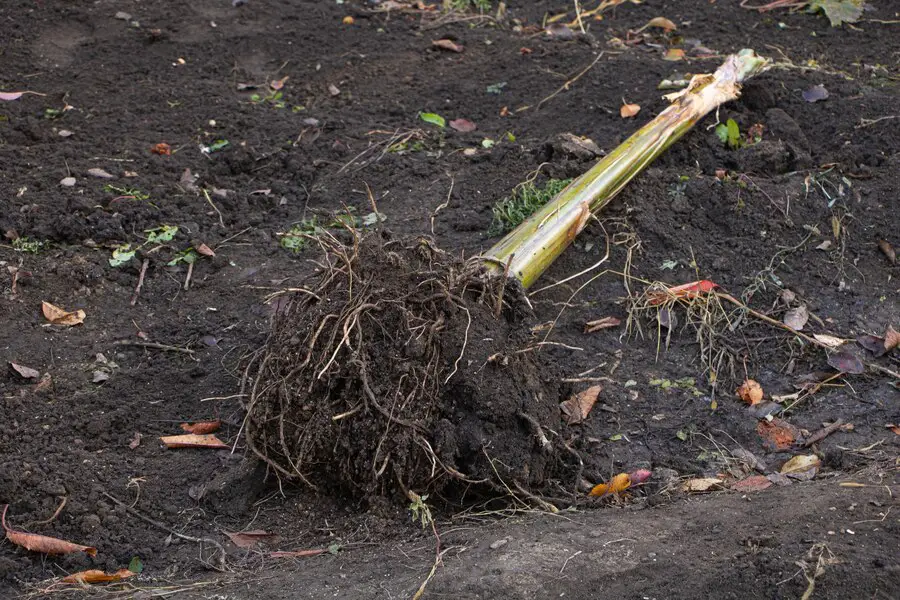
Preventing Root Rot: Best Practices for Long-Term Plant Care.
Preventing root rot is crucial for maintaining the long-term health and vitality of your plants. By implementing best practices, you can create an environment that minimizes the risk of root rot and promotes optimal root growth. Let’s explore some proven strategies to help you keep your plants thriving.
First and foremost, proper watering techniques are essential in preventing root rot. Overwatering is a common cause of this fungal disease, as it leads to excessive moisture in the soil. To avoid this, it’s important to water your plants only when the top inch of soil feels dry to the touch. Additionally, ensure that your pots or containers have adequate drainage holes to allow excess water to escape. By allowing the soil to dry out slightly between waterings and providing good drainage, you can significantly reduce the risk of root rot.
Another crucial aspect to consider is soil quality. Using well-draining soil is paramount, as it helps prevent water from stagnating around the roots. Look for potting mixes specifically formulated for your plant types, as they often contain ingredients like perlite or vermiculite that enhance drainage. Moreover, regularly replenishing the soil nutrients with organic matter or compost can promote healthy root development, making plants more resistant to root rot.
By maintaining proper watering practices and utilizing well-draining soil, you can establish a more favorable environment for your plants, reducing the risk of root rot and ensuring their long-term well-being. However, there are additional preventive measures and best practices that you can incorporate into your plant care routine. In the following sections, we’ll delve deeper into these techniques and explore further strategies to help you safeguard your plants against this devastating condition.
Please do watch video!
What are some common signs of root rot in plants?
Common signs of root rot in plants include wilting leaves, yellowing or browning of the foliage, stunted growth, and a foul odor emanating from the soil.
Can root rot affect all types of plants?
Yes, root rot can affect a wide range of plant species, including both indoor and outdoor plants. However, some plants are more susceptible to root rot than others.
What are the environmental factors that contribute to root rot?
Environmental factors that contribute to root rot include overwatering, poor drainage, high humidity levels, and prolonged periods of wet soil. These conditions create the perfect environment for fungal growth.
How can I assess moisture levels and pH balance in the soil?
You can assess moisture levels by sticking your finger about an inch deep into the soil. If it feels wet or overly damp, it may indicate excessive moisture. You can test the pH balance using a pH testing kit available at gardening stores.
What are the immediate steps to take when treating root rot?
When treating root rot, it is important to remove the plant from the soil, gently wash and inspect the roots, and prune away any infected or mushy roots. Repot the plant in fresh, well-draining soil and ensure proper care going forward.
Are fungicides recommended for treating root rot?
Fungicides should be used as a last resort for treating root rot, as they can have negative effects on beneficial soil organisms. It is best to try natural remedies and proper plant care practices first.
What are some natural remedies to combat root rot?
Natural remedies to combat root rot include using hydrogen peroxide diluted in water to kill off fungal pathogens, applying cinnamon powder to soil surfaces to inhibit fungal growth, and using beneficial bacteria and fungi products to promote healthy root development.
How can I improve drainage to prevent root rot?
To improve drainage, you can add organic matter such as compost or perlite to the soil mix, create raised beds or planting areas to ensure proper water flow, and avoid overwatering your plants.
What should I consider when choosing the right pot and soil for my plants?
When choosing a pot, opt for containers with drainage holes to allow excess water to escape. As for soil, use well-draining potting mix specifically formulated for the type of plant you are growing.
What are the best long-term practices to prevent root rot?
Some best practices for long-term plant care to prevent root rot include watering plants properly and avoiding overwatering, ensuring good drainage, providing adequate air circulation, regularly inspecting plants for signs of disease or stress, and maintaining balanced soil moisture levels.

Nicole Burke is a dynamic writer at SouthElMonteHydroponics, fueled by her passion for horticulture and environmental sustainability. Armed with a degree in Environmental Science from a renowned institution, Nicole’s expertise lies in hydroponic gardening, organic farming, and biodiversity conservation. Her insatiable curiosity and love for nature drive her to explore innovative techniques in hydroponics, seeking to revolutionize the way we grow crops in urban environments. Nicole’s writing reflects her deep commitment to promoting eco-conscious practices and fostering a deeper connection between humans and the natural world. Through her engaging storytelling, she inspires others to embrace sustainable living and harness the power of hydroponics for a greener future.

